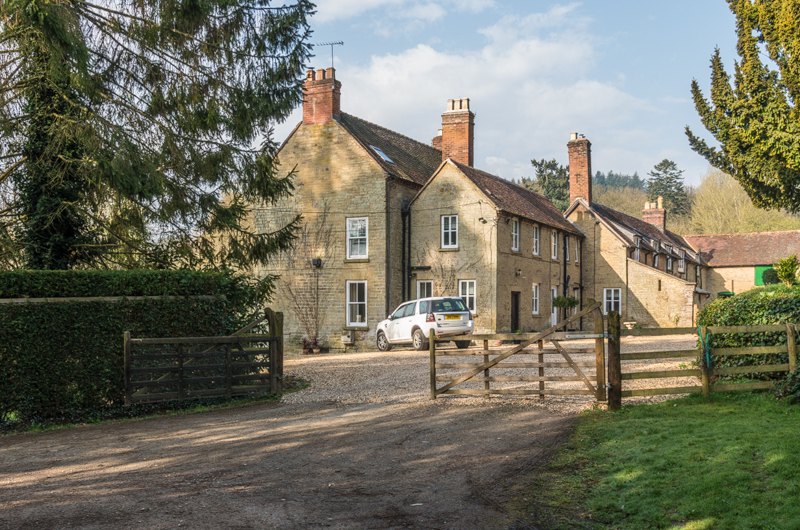Mary Knoll Valley
Valley in Herefordshire
England
Mary Knoll Valley

Mary Knoll Valley is a picturesque rural area located in Herefordshire, England. Nestled amidst rolling hills and verdant landscapes, the valley offers a serene and tranquil environment for those seeking a break from the bustling city life. The valley is situated approximately 10 miles southeast of the town of Hereford and covers an area of around 15 square miles.
With its idyllic charm, Mary Knoll Valley is a popular destination for nature enthusiasts and outdoor lovers. The valley is known for its extensive network of walking trails, allowing visitors to explore the diverse flora and fauna that thrive in the area. From dense woodlands to open meadows, the landscape offers a delightful mix of natural beauty.
The valley is also home to a number of quaint villages and hamlets, each with its own unique character. Charming cottages and traditional stone houses dot the landscape, adding to the area's charm and appeal. The local community is warm and welcoming, and visitors can expect a friendly atmosphere during their stay.
In addition to its natural beauty, Mary Knoll Valley also has a rich historical heritage. The area is dotted with ancient landmarks, including historic churches, medieval castles, and archaeological sites. These attractions offer a glimpse into the valley's past and provide visitors with a deeper understanding of the region's cultural significance.
Overall, Mary Knoll Valley is a hidden gem in Herefordshire, offering visitors a chance to escape the hustle and bustle of everyday life and immerse themselves in the beauty of nature and history.
If you have any feedback on the listing, please let us know in the comments section below.
Mary Knoll Valley Images
Images are sourced within 2km of 52.354081/-2.7547152 or Grid Reference SO4873. Thanks to Geograph Open Source API. All images are credited.















Mary Knoll Valley is located at Grid Ref: SO4873 (Lat: 52.354081, Lng: -2.7547152)
Unitary Authority: County of Herefordshire
Police Authority: West Mercia
What 3 Words
///embraced.mock.blush. Near Bromfield, Shropshire
Nearby Locations
Related Wikis
Mortimer Forest
Mortimer Forest is a forest on the Shropshire/Herefordshire border in England, near the town of Ludlow. It covers hilly terrain, including the marilyn...
High Vinnalls
High Vinnalls is a hill in the English county of Herefordshire, though commonly considered a member of the Shropshire Hills. It is located in the parish...
Overton, Shropshire
Overton is a small village in south Shropshire, England. Overton lies west of the River Teme, 1.5 miles (2.4 km) south of the town of Ludlow and close...
Moor Park School
Moor Park School is a coeducational preparatory day and boarding school in the village of Richard's Castle, near Ludlow, England. It educates about 300...
Nearby Amenities
Located within 500m of 52.354081,-2.7547152Have you been to Mary Knoll Valley?
Leave your review of Mary Knoll Valley below (or comments, questions and feedback).






